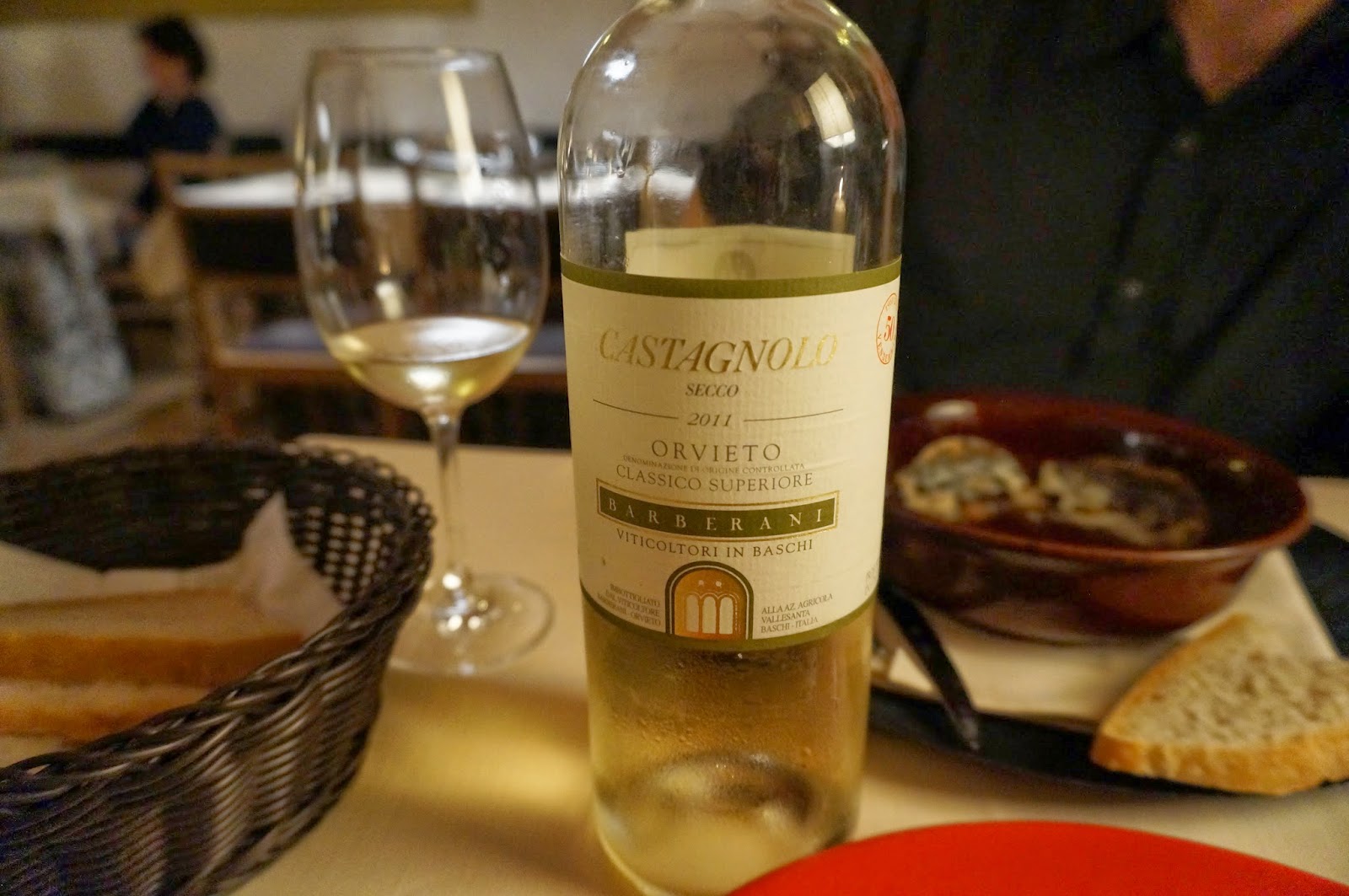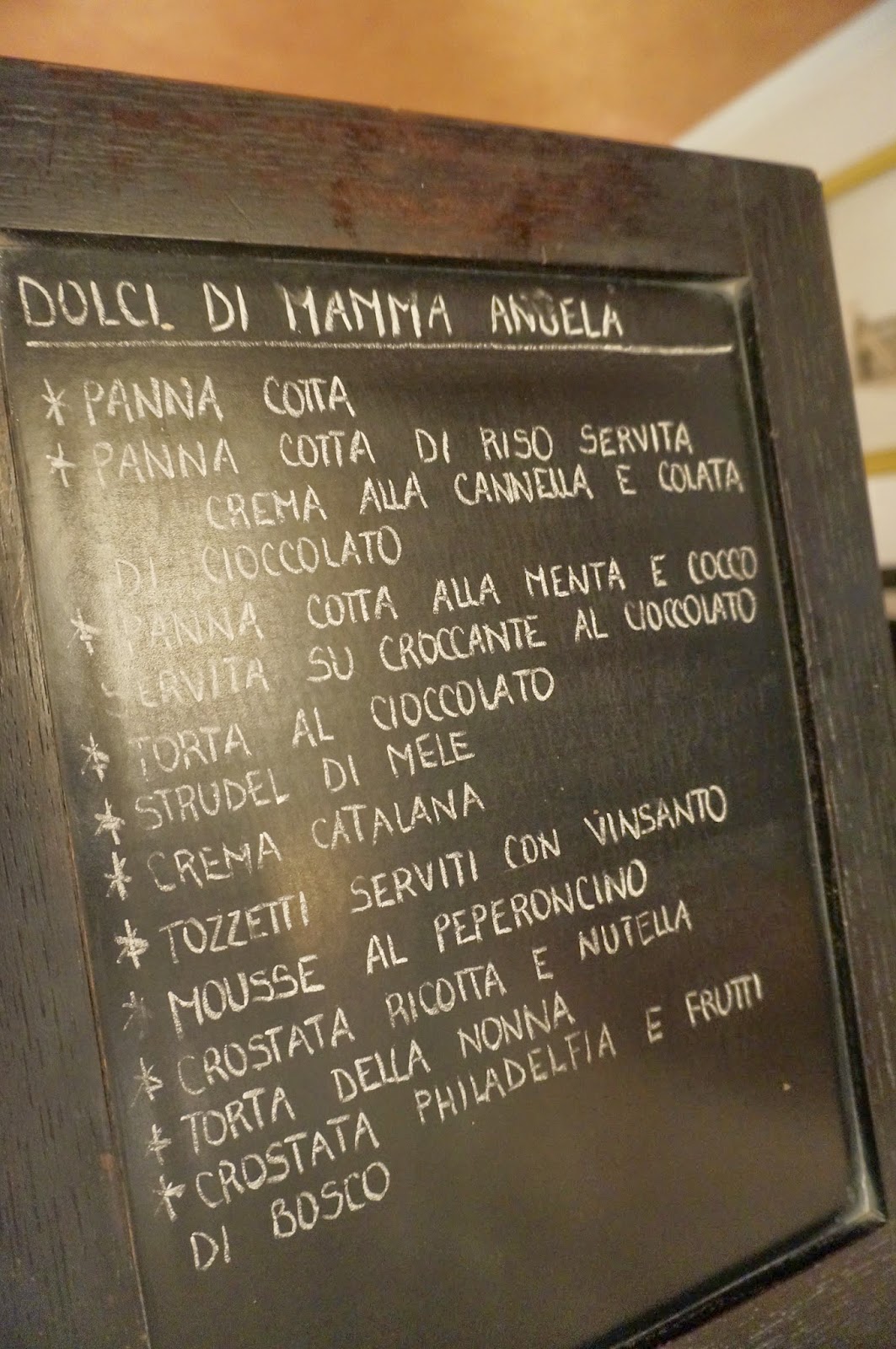When someone asks, ‘what’s the first thing you that comes to your mind when you think of Italian cuisine,’ instantly you hear the word pasta! I often wondered how something so simple with only a few ingredients of durum wheat flour mixed with water or egg, can taste so delicious. But it’s such a versatile dish that you can dress up with different sauces, meats, vegetables and cheese or eat just plain. My philosophy is that if the ingredients are fresh and the dish is prepared with passion and care, I will hands down choose the plain version of anything so I can actually taste the true flavor of the dish. However, Italy is also known for their wonderful sauces so my philosophy also holds true with pasta sauces. A few fresh, seasonal and local ingredients from the sauces combined with pasta is my idea of a perfect meal.
I was determined to have the best pasta experience while I was in Italy . I’m not an expert in pasta or pasta making but I do know the following things:
- There are both fresh (pasta fresca) and dried (pasta secca) pastas in numerous shapes, sizes and thickness
- In Italy, dry pasta is cooked al dente style which is slightly firm with a chew rather than soft and mushy
- Some pastas are made with egg and flour versus water and flour
- There are just over 350 different forms of pasta
 |
| The large selection of dried pasta available at Campo de Fiori market in Rome |
- The rule of thumb is that simple sauces like a plain tomato sauce goes well with thicker pastas (i.e. linguini) while more complex sauces with different ingredients go better with pasta shapes (i.e. penne) as it can cling onto the shapes of the pasta better.
You can generally serve pasta 3 different ways:
- Pasta asicutta – the version that many of us think of where you have cooked pasta served with a sauce (i.e. spaghetti with marinara sauce)
· - Pasta in brodo – this would be where pasta is part of a soup dish (i.e. minestrone)
· - Pasta al forno – this is where you have pasta that is baked into some dish along with some other key ingredients (i.e. lasagne)
I know it’s hit and miss when you go to touristy areas of cities where you may want to experience something authentic. Some restaurants may serve something of poor quality or disguise something that is pre-packaged or pre-made, where they try to capitalize on tourists who have money to spend. But I try to research most food establishments first before deciding to go, or ask locals for some recommendations, or if a restaurant is packed with people inside, I’ll give it a try.
I’m pleased to tell you that I had one of the best pasta experiences when I was in Rome! It was in a restaurant called Pereli in the Testaccio area. The décor was old fashioned and had a cozy feel to it. There were a lot of locals dining there so it was fairly busy but the mood was lively inside and the staff were very attentive considering that it was the lunch time rush. But the food… wow, it was amazing! Very authentic, Roman specialities here. My 2 favorite pasta dishes in Rome actually came from this restaurant.
Penne carbonara – carbonara is a sauce made with eggs, cheese, garlic and bacon. This dish was so flavorful and the pasta was cooked perfectly. Look at the deep and rich yellow color of this dish. This obviously comes from eggs that are high in quality.
Bucatani with tomato sauce – resembles a thick, hollow spaghetti with a hole running through the centre of the pasta. It was simple and not complicated by too many ingredients so I could actually taste the excellent quality of the fresh tomato sauce with just the right amount of seasoning and al dente chew to the pasta.




























